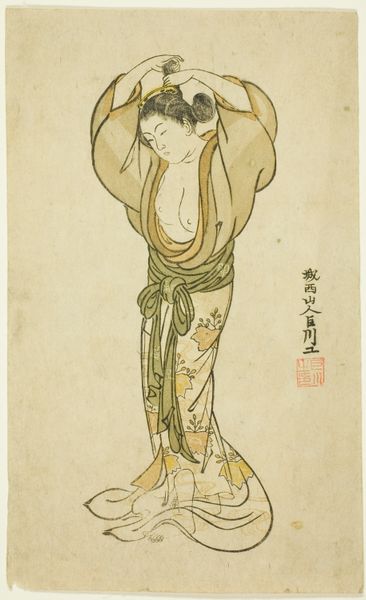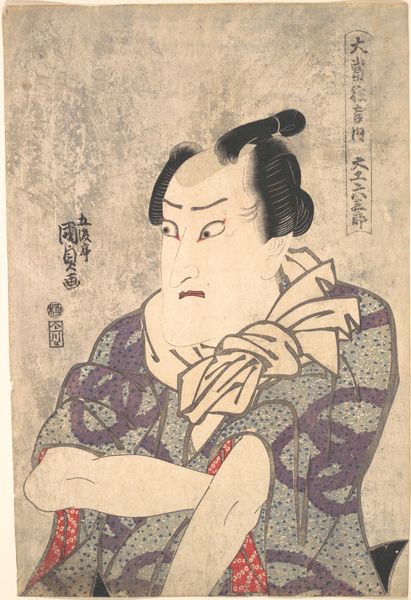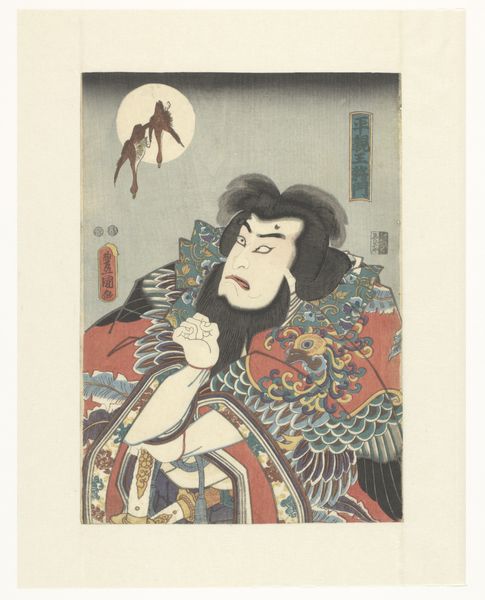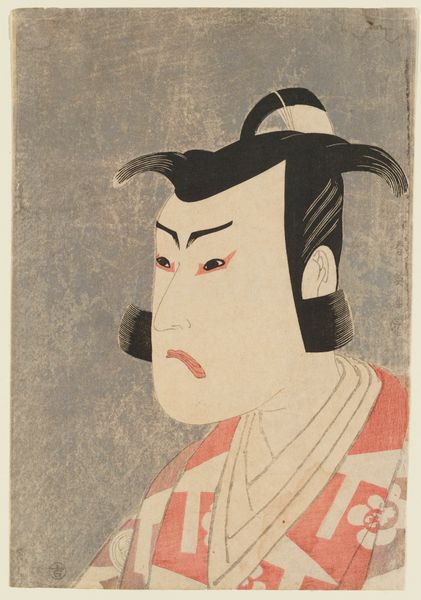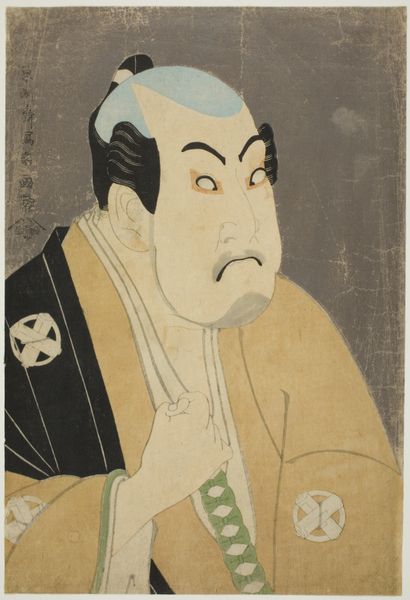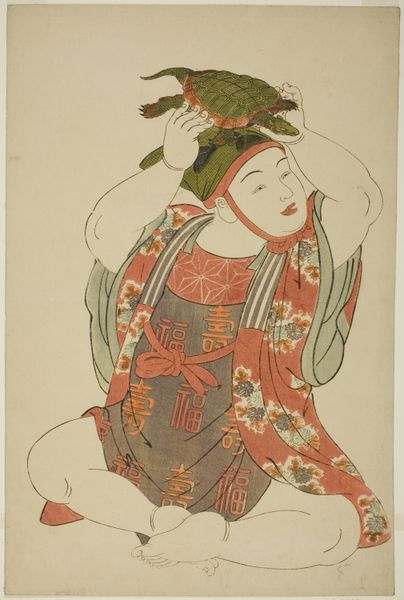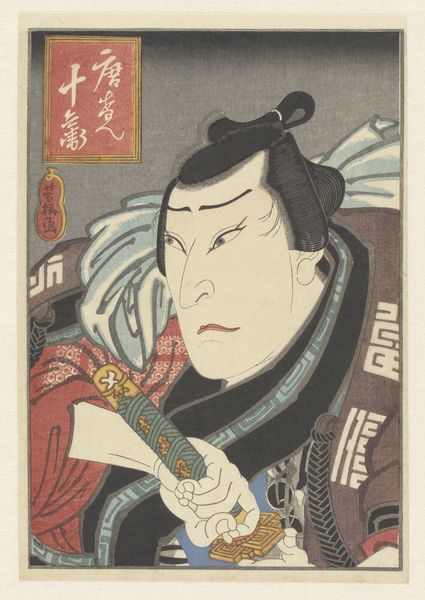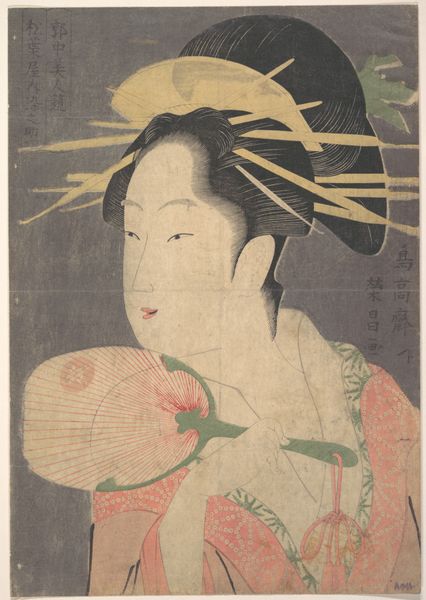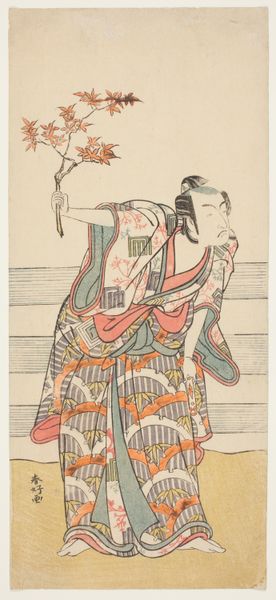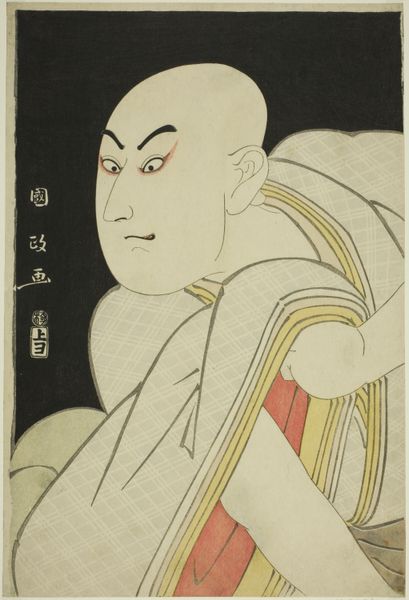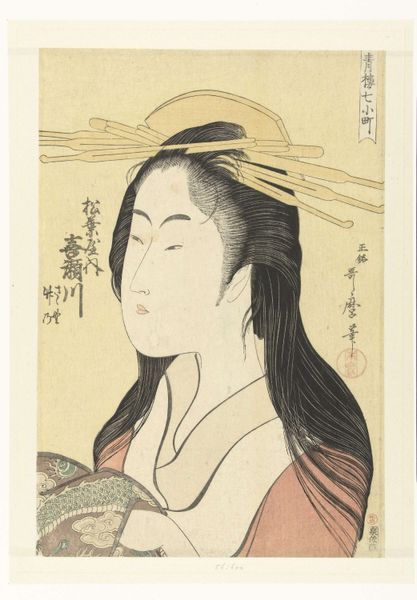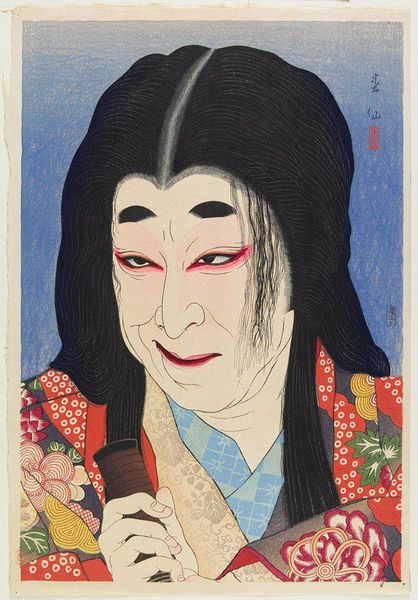
ceramic, porcelain, sculpture
#
asian-art
#
ceramic
#
porcelain
#
figuration
#
folk-art
#
sculpture
#
orientalism
#
decorative-art
Dimensions: Height: 5 1/2 in. (14 cm)
Copyright: Public Domain
Editor: Here we have a porcelain sculpture titled "Budai," made sometime between 1739 and 1749. It's got this really cheerful, almost mischievous look about it. How do you interpret this work, especially considering its cultural context? Curator: What strikes me immediately is the commodification of Eastern spiritual figures through decorative art, especially during the height of Orientalism. This wasn't necessarily about genuine reverence but often about exoticizing and appropriating cultural symbols. Consider how "Budai," often associated with contentment and abundance, is rendered as a porcelain object, effectively domesticating and aestheticizing a complex philosophical concept. What effect does that have, do you think? Editor: It makes it feel…distant. Like we’re observing rather than understanding, almost turning the figure into a curio. Curator: Precisely. This distance allows for a kind of cultural flattening. We have to ask, whose gaze is this porcelain figure meant for? What societal narratives is it reinforcing, even unintentionally? Consider the political and economic power dynamics at play when this piece was created; porcelain itself was a luxury good, so who was the intended audience? Editor: So it’s less about the figure itself, and more about what its existence as an object reveals about cultural exchange and power at the time? Curator: Exactly! Art like this can offer invaluable insights into the historical conditions that shaped its production and reception, showing how representation and material culture intertwine. Editor: Wow, I definitely see this piece in a different light now. I thought it was just a happy sculpture, but it's a window into so much more. Curator: Absolutely. Questioning these narratives, bringing those questions into art spaces... that's where art history really comes alive.
Comments
No comments
Be the first to comment and join the conversation on the ultimate creative platform.
